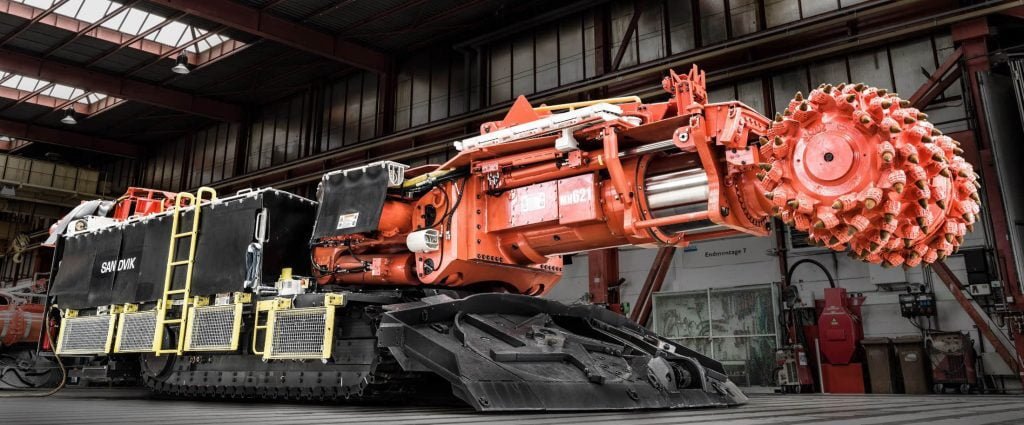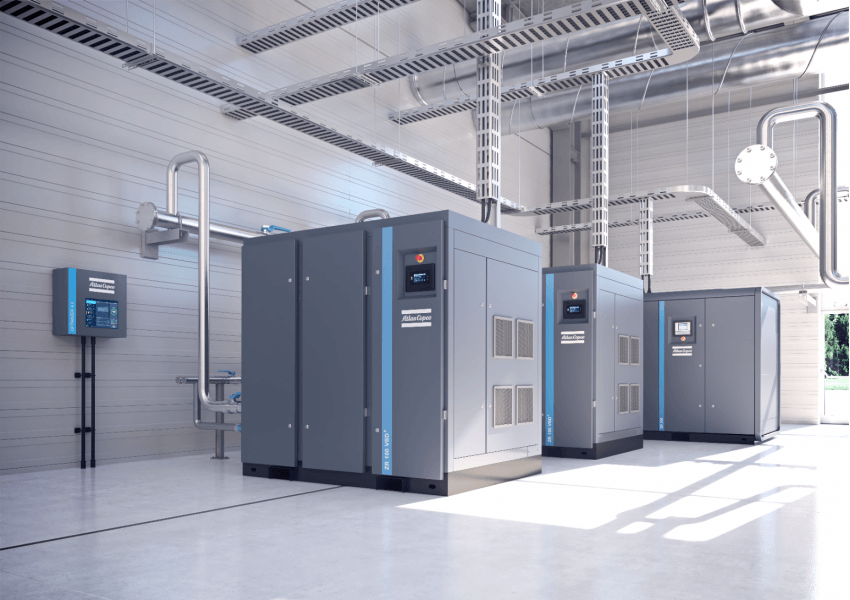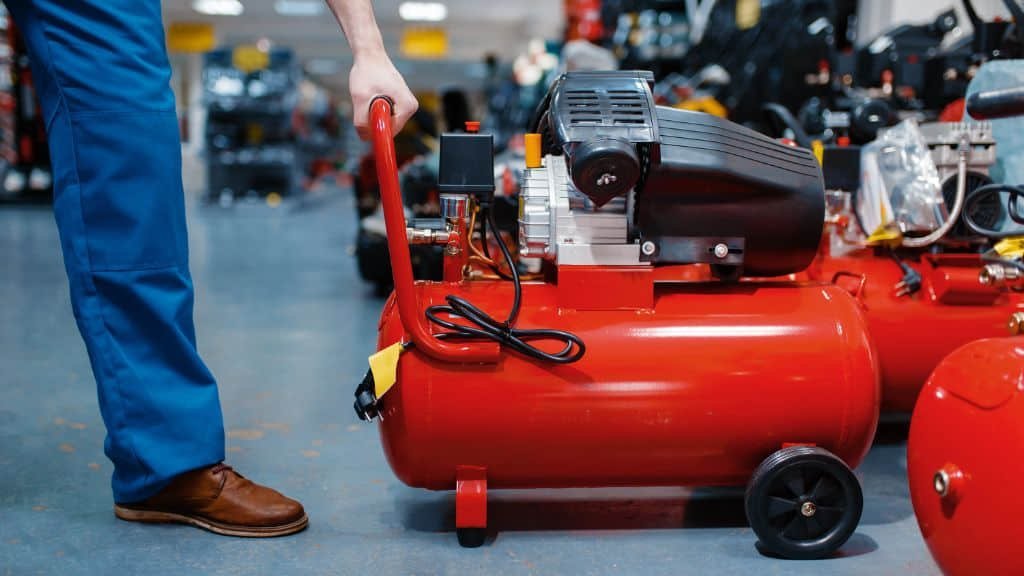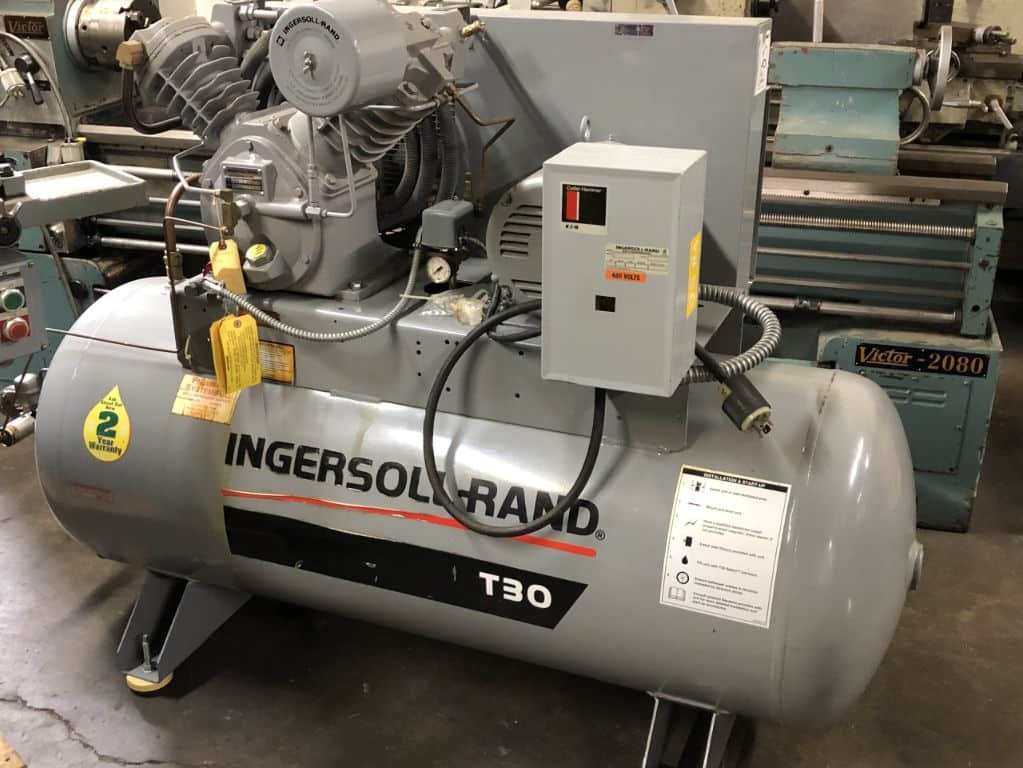Properly Storing and Managing Central Pneumatic Air Compressor Spare Parts
When it comes to maintaining your central pneumatic air compressor, having spare parts on hand is essential. However, storing and managing these spare parts can often be overlooked. In this article, we will explore the importance of properly storing and managing central pneumatic air compressor spare parts, and provide you with some valuable tips to ensure their longevity and accessibility.
The Importance of Proper Storage
Properly storing your central pneumatic air compressor spare parts is crucial for several reasons. Firstly, it helps to protect the parts from damage, ensuring that they remain in optimal condition for future use. Secondly, it allows for easy accessibility when you need to replace a faulty component, minimizing downtime and maximizing productivity. Lastly, proper storage helps to prevent loss or misplacement of spare parts, saving you time and money in the long run.
Tips for Proper Storage
1. Organize and Label
One of the most important steps in properly storing and managing your central pneumatic air compressor spare parts is to organize and label them. Use clear and descriptive labels on storage containers or shelves to easily identify each part. Consider using a color-coding system for different types of parts to further enhance organization and efficiency.
2. Use Suitable Containers
Choosing the right containers for your spare parts is crucial. Opt for sturdy and durable containers that can withstand the weight and size of the parts. Plastic bins with dividers or small drawers are ideal for keeping smaller components organized, while larger parts can be stored in labeled boxes or on designated shelves.
3. Keep Parts Clean and Dry
Before storing your spare parts, ensure that they are clean and dry. Moisture and dirt can cause corrosion and damage to the components over time. Use compressed air or a soft brush to remove any debris, and consider using desiccant packs or silica gel packets to absorb moisture in the storage containers.
4. Store in a Controlled Environment
It is important to store your central pneumatic air compressor spare parts in a controlled environment to prevent damage from temperature fluctuations or exposure to extreme conditions. Ideally, the storage area should be dry, well-ventilated, and away from direct sunlight. Avoid storing spare parts near chemicals or other substances that could potentially cause harm.
5. Implement a Tracking System
Managing your spare parts effectively requires a tracking system to keep tabs on inventory and ensure timely replacements. Consider using a spreadsheet or inventory management software to record details such as part numbers, quantities, and dates of purchase. This will help you stay organized and avoid running out of essential spare parts.
Frequently Asked Questions
Q: How often should I check my spare parts inventory?
A: It is recommended to check your spare parts inventory regularly, at least once every few months. This will allow you to identify any missing or damaged parts and replenish them in a timely manner.
Q: Can I store spare parts in the same area as my air compressor?
A: It is generally not recommended to store spare parts in the same area as your air compressor. The vibrations and heat generated by the compressor can potentially damage the spare parts. It is best to store them in a separate, controlled environment.
Q: How long can I store spare parts before they become unusable?
A: The longevity of spare parts depends on various factors such as the type of part, storage conditions, and the manufacturer’s recommendations. However, with proper storage and maintenance, most spare parts can be stored for several years without any issues.
Conclusion
Properly storing and managing your central pneumatic air compressor spare parts is essential for their longevity and accessibility. By organizing and labeling your parts, using suitable containers, keeping them clean and dry, storing them in a controlled environment, and implementing a tracking system, you can ensure that your spare parts are always ready for use when you need them. Regularly checking your inventory and following manufacturer recommendations will further enhance the effectiveness of your spare parts management. Remember, a well-managed spare parts inventory is the key to minimizing downtime and maximizing productivity.




